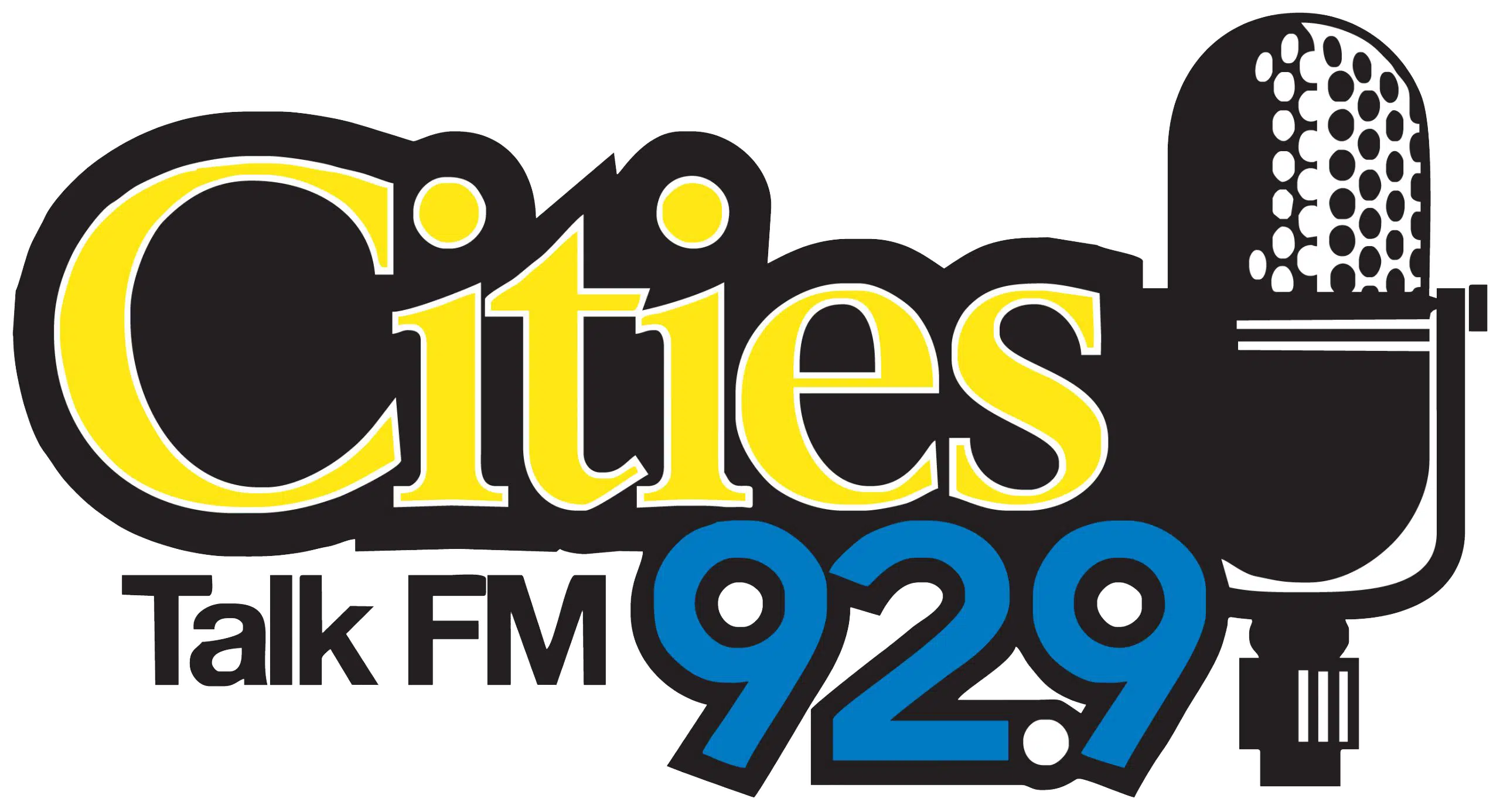(The Center Square) – Consumers will be partially in charge of retail banking’s return to business as usual.
“When will the consumer want to start traveling again, when will the consumer want to go back to work, when are they going to start spending in general, because that then dictates the health of the banking industry,” these are the questions, said Richard Hunt, president and CEO of the Consumer Bankers Association.
What the industry will look like, on the other hand, is a different question. Hunt says some trends had already started when the pandemic hit.
“We’ve been knowing for years now that you can do ninety-nine percent of your banking on your iPhone,” Hunt said.
It’s a reality to which many customers have adapted without much choice due to COVID-19.
What else to expect? Branch consolidation.
“I just call it closing of branches,” Hunt said.
It’s another trend that was already underway in 2019. Some things are bound to be as they were before the pandemic: Automated tellers – and more of them. Customer retention incentives, such as free counter checks or waivers on certain fees, are also sure to return. According to the Federal Deposit Insurance Corporation, large U.S. banks took in $36 billion in account maintenance fees the year before the pandemic.
And how might small banks fare differently than large ones?
Micah Bartlett, president and CEO of Town & Country Bank in Springfield, Illinois, the advantage for community banks remains in the business sector and for precisely the same reason many consumers will always prefer smaller, local institutions for retail accounts: familiarity, relationships, and face-to-face encounters.
Bartlett agrees that digital banking’s place in the market has, out of necessity, become better established during the pandemic, allowing community banks to offer a variety of service options to retail customers while, at the same time, addressing the more nuanced needs of small and local businesses.







